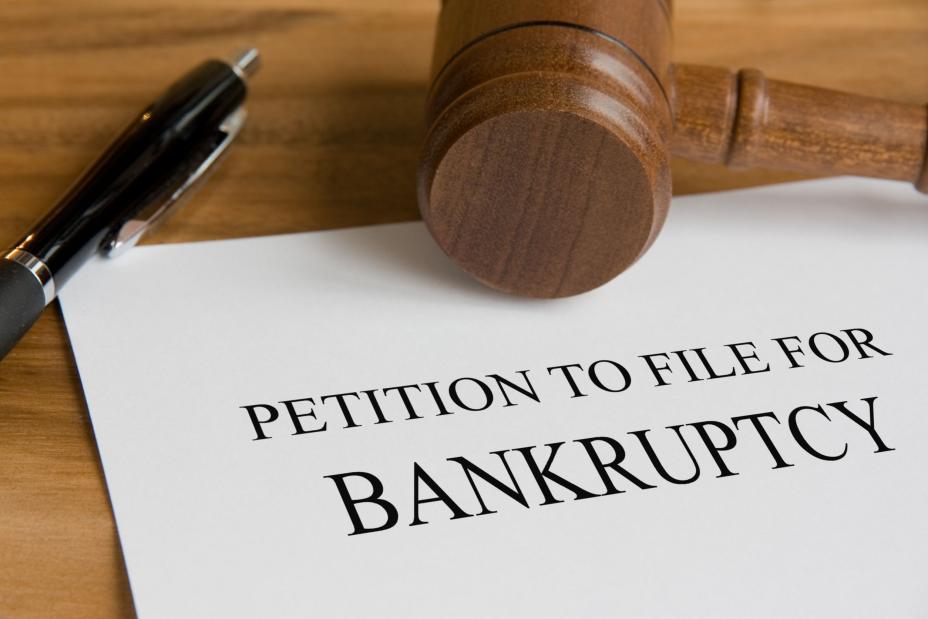
The Insolvency Act 2006 sets out the law of personal bankruptcy and alternatives.
The Official Assignee is the New Zealand official so designated to who upon bankruptcy the bankrupts property and the capacity to deal with such property vests to. The vesting is immediate and automatic on adjudication.
In the 1990’s the work of the Official Assignees became part of the Ministry of Economic Development, and became known as the New Zealand Insolvency & Trustee Service however in March 2012 it was announced that the Ministry of Economic Development would be formed into the new Ministry of Business, Innovation and Employment (MBIE) which was created by the merging of four ministries. The Insolvency & Trustee Service and the Official Assignee now function within the MBIE.
Bankruptcy is a legal status that only individuals may have however bankruptcy proceedings may be commenced against a partnership.
Bankruptcy is not intended to be seen as a punitive process, but primarily bankruptcy is designed to do the best for creditors that can be done out of a bankrupts’ property, and otherwise to give bankrupts an opportunity, after a period of time, to continue their lives free of the debts that caused the bankruptcy.
For creditors of the bankrupt, insolvency law means that all creditors in the same class must be subject to equal treatment. This is a fundamental aspect of insolvency law
The usual length of a bankruptcy is 3 years from the date that the bankrupt files their statement of affairs with the Official Assignee.
Upon being adjudicated into bankruptcy all property owned by the bankrupt immediately and automatically vests in the Official Assignee. This means that the bankrupt can no longer deal in that property.
A bankrupt has a number of responsibilities and restrictions during the term of bankruptcy including continuing to file tax returns if required (this remains the tax payers responsibility). IRD will issue the bankrupt with a new IRD number.
Once adjudicated into bankruptcy creditors can no longer legally continue to enforce a provable debt or add any further penalties to the debt you owe.
Some debts are not included in bankruptcy. They are:
For many bankrupts issue arise because of the restrictions placed upon bankrupts. These restrictions include:
During bankruptcy the bankrupt must not:
During bankruptcy the bankrupt must not without first gaining consent:
Any consent granted by the Official Assignee is discretionary and can be removed by the Official Assignee at any time.
--------------------------------------------------------------------------------------------------------------------------
--------------------------------------------------------------------------------------------------------------------------
--------------------------------------------------------------------------------------------------------------------------